What does this mean? For many people when they are told to contract the abdominals, what they really are doing is sucking in, pulling up their diaphragm and bringing the abdominal contents with it. This is not muscle work.
|
In a recent post on “Habits and Sucking In”, I talked about becoming aware of how often we hold our stomach in to not look fat. In the fitness world we are told to “suck it in” or “hold the abdominals tight” to help protect the spine. This language can get really confusing: suck it in, contract your core, hold it up, use your abs... What does this mean? For many people when they are told to contract the abdominals, what they really are doing is sucking in, pulling up their diaphragm and bringing the abdominal contents with it. This is not muscle work. The muscle that should be contracting is called the transversus abdominus. It is the deepest of our 3 muscles in the side body wall. In order to engage the entire muscle and to perform a correct contraction, the ribs should be flush with the body wall and the spine and pelvis should be in neutral (when lying on your back your pubis and pelvic bone are all even). The cue that I like to give is to "use your muscles to pull your belly button back to your spine." I find it helpful to have people perform the contraction on the exhale phase of the breath. Make sure to keep the pelvis level during the contraction. When performing a lower abdominal exercise such as the leg lift, you can tell if you are not using the transversus abdominis if your rectus abdominis (your six pack muscle) pokes out and looks like a bread loaf. Try contracting the muscle before you lift the legs and see if the “loaf” stays flat and engaged. Susan McLaughlin is a physical therapist who specializes in the management of pelvic floor and orthopedic dysfunctions. She is the owner of ALIGN integration|movement in Salt Lake City, UT. Helpful tips and other self care strategies can be found at www.alignintegrationandmovement.com.
94 Comments
4/30/2012 10:01:33 am
So helpful! The visual really makes it clear what you're talking about. i'm gonna go lay down and try...:)
Reply
Susan
4/30/2012 11:42:15 pm
How did you do?
Reply
Pete
4/26/2020 02:32:33 am
Hi Susan, thank you very much for your post and for answering the comments. 4/30/2012 11:25:49 am
Great post. Very clearly explained. I've never thought about the loaf like this.
Reply
Susan
4/30/2012 11:43:24 pm
The "bread loaf" is a Tim Harrisism
Reply
Christine Shuttleworth
4/30/2012 11:52:35 am
Great post and pictures! Thank you Susan. This is the way I teach exercises for abdominal recovery after giving birth. Very glad to hear it is correct.
Reply
Susan
4/30/2012 11:44:47 pm
I would love to hear more about your classes.
Reply
Julia
4/30/2012 03:23:49 pm
Great explanation!
Reply
4/30/2012 05:13:50 pm
Excellent explanation. So many women do not know how to locate these muscles. This makes it much easier to teach.
Reply
Susan
4/30/2012 11:48:14 pm
Muscle reeducation takes a lot of mindfulness for sure!
Reply
I. G.
5/1/2012 05:33:33 pm
I have just discovered that amazing blog post. I haven´t done conventional ab exercises (crunches etc.) for quite some time but I do a lot of plank variations. I checked my form while holding a plank (as far as it is possible in this position) and have discovered that my abdomen is in a "loaf" shape while doing planks as well! Now I am confused as I used to think planks are a great exercise. I thought as well that my abs were pretty strong. I have totally flat abs and didn´t even have abdominal separation during/after my pregnancy three years ago. I do not know how I should work my core in the future. Obviously my planks lack good form...Do you have any recommendations? Thank you very, very much!
Reply
Susan
5/1/2012 11:52:48 pm
I.G.
Reply
5/7/2012 01:25:26 am
Thank you for this article that affirms my method of queuing. Another issue with "sucking in" is that it flares the ribs. The navel goes in, but the ribs go out, and that just increases diastasis at the top. Rather than saying "suck" I say "draw in" or "drill down." And we do it on an exhale to be sure that the ribs can knit together. I'm always having my clients "touch themselves" LOL :)
Reply
Susan
5/7/2012 02:30:49 am
Love it!
Reply
5/7/2012 01:27:22 am
Thanks for the post! Love the loaf of bread analogy.
Reply
Lauren
5/7/2012 02:35:27 am
Thank you for your comment. Leg movement encourages dynamic stability of our core (when I say "core" I mean what our limbs attach to) .
Reply
Jessica
5/7/2012 01:59:39 am
when I lift my legs my back wants to arch, why is that?
Reply
Susan
5/7/2012 02:22:05 am
Jessica,
Reply
Jessica
5/7/2012 11:19:28 pm
You also may have really tense/tight psoas muscles, which pull forward on your spine and can create more of an arch in your back. Stay tuned, this is the topic of my next post!
Christa
5/7/2012 02:01:49 am
What if you have a 'bread loaf' even when contracting nothing or lifting nothing??? :-(
Reply
Susan
5/7/2012 02:30:01 am
You may want to start reeducating the deep abdominal muscle on your back with your knees bent. Due to postural habits it may not be getting the signal to "turn on".
Reply
Julia Martin
5/7/2012 07:59:12 pm
Susan you are the best, this has really helped me.
Reply
Iris
5/8/2012 03:00:15 pm
As you can see in this comment section this article rouse quite a bit of attention :-). It seems that most people still focus on the wrong types of exercises or at least do not know how to perform the right ones. I would love to print out that article and hand it out to the personal trainers in my gym who still have their clients do crunches. Even post-partum women are trained this way and this is alarming! You should definitely right more on this and give training tips!
Reply
Iris
5/9/2012 09:25:51 pm
Hope you do not mind me asking another question: I have really started to observe my bells and found ot pokes out while performing a lot of exercises (push-ups, renegade rows etc.) that are a part of my routine. Is it bad to continue with those exercises until I can hold my stomach tight or it it okay if I include additonal exercises for the transverse abdominis? I am really confused as to how to continue :-(
Reply
Susan
5/11/2012 01:48:08 am
Iris,
Reply
Melis
7/24/2012 09:34:30 am
Very helpful. Is there a way to do this standing up? I find it hard to contract abs while doing standing exercise.
Reply
Susan
7/25/2012 05:33:02 am
Melis, You can do this standing up, however, there is a tendency to suck in the belly, rather than actually perform a contraction.
Reply
7/25/2012 01:40:30 am
Love this post Susan! Somehow I missed it - I'm linking it from my Blog. Thank You!!! Wish I could be in your class...Valerie
Reply
9/10/2012 05:06:42 pm
Great site, was just reading and doing some work when I found this page
Reply
Samantha
2/19/2013 10:21:23 am
Hello. So as long as I can lift my legs without a "bread loaf" appearing, I'm doing the exercise right? Can I do one leg at a time?
Reply
susan
2/20/2013 06:36:41 am
Samantha,
Reply
Samantha
2/21/2013 12:16:31 am
Thank you!!
Rookie
4/10/2013 08:25:52 pm
<i>"the ribs should be flush with the body wall and...when lying on your back your pubis and pelvic bone are all even"</i>
Reply
Susan
4/11/2013 10:53:54 am
Rookie,
Reply
Susan
5/18/2013 04:10:11 am
Nikki,
Reply
Nick
8/22/2013 07:41:14 pm
When I try to 'Pull my naval to my spine' my chest still loafs. How do I do this?
Reply
Susan
8/22/2013 11:58:18 pm
Nick,
Reply
Nick
8/23/2013 11:36:47 am
Ya, sorry my mistake, but I don't really know how to engage my abs since my stomach presses out when I try. So can you tell me a situation when when I do contract them intentionally so I know how to?
Susan
8/25/2013 09:58:09 am
Nick,
Reply
Nick
8/26/2013 04:35:12 pm
I still don't understand how to engage my core, do I force exhale and hold it with my ab muscles? do I push my abs outwards? or do I pull my naval inwards and upwards?
Susan
8/26/2013 11:31:31 pm
Nick,
Lesya
9/26/2013 06:03:56 pm
I've recently got diagnosed with diastasis recti. Love doing Pilates, but after some research, i found out that some exercises can actually worsen the issue. Therefore wanted to ask which commonly performed exercises should be avoided ?
Reply
Susan
9/26/2013 11:05:29 pm
Lesya,
Reply
Male 25, 175-180 lbs. 6' 1'' The first time I ever noticed the "bread loaf" was about 2 years ago when I messed up my back doing a leg press. The pain was very extreme in my lower back and when i tried to stand up straight like normal i would see the "loaf." Eventually with laying around & doing nothing it seemed to heal but probably not considering i threw it out an additional 3 times, with petty things like plyometrics, picking up weights and once leaning over to get a drink and i felt whatever was supporting my back just give way. Everyone of these times i get the same lower back pain & "bread loaf" appearance in my stomach immediately following the incident. After this I went to a physical therapist, told her what happened and she had me doing exercises and stretches for my pelvic floor. I never brought up the thing with my stomach, only the back pain. Your website is the only one I've found talking about what you call the "bread loaf." Appreciate anything you can tell me.
Reply
Susan
5/1/2014 12:53:16 am
Travis,
Reply
Ailios Nicrath
4/12/2014 04:56:55 am
The best way I've found to begin training (find, fire, activate) the transversus abdominus is to inflate balloons. Standing tall, elbows out at shoulder level, blow up a balloon, repeat 10 times, working up to 20 reps within a week. Discard tired balloon and use a fresh one every night. This made my TVAs sore the first time I did it. After the first week do two sets of twenty reps every other night to allow recovery. Maintenance is two sets of 20 reps weekly. Best done right before bed time, as breathing exercises stimulate Growth Hormone, which is active repairing cells while you sleep. I got this ancient tip from a 93-year-old former 1930s Strongman who still has nice Abs.
Reply
Susan
5/1/2014 12:55:28 am
Ailios,
Reply
Christine
4/16/2014 09:27:09 pm
Hi Susan! I love this post, I've come back to it several times. I'm curious if you can explain or imagine why when I engage my TVA, I feel more pressure moving down on my pelvic floor? What am I doing wrong?!
Reply
Susan
5/1/2014 12:59:25 am
Christine,
Reply
Hayley
5/1/2014 12:28:49 am
I cannot manage contract the muscles, the "bread loaf" is still appearing :( please help
Reply
Susan
5/1/2014 01:01:09 am
Hayley,
Reply
Hayley
5/1/2014 01:07:47 am
Thanks so much :) will try later :)
Hayley
5/1/2014 07:58:38 am
I tried them its better though I still saw some "bread loaf" and I still can't get myself to do other exercises without arching my back :S
Ariel
9/2/2014 06:52:27 pm
I can do one full dragon flag only one time so I have decent strength does the bread loaf have to be gone every single time?
Susan
9/2/2014 11:43:42 pm
Ariel,
John
12/1/2014 12:10:06 pm
Will using a balance board or wobble board automatically contract your TVA?
Reply
Susan
12/18/2014 07:22:55 am
John,
Reply
Katia
12/15/2014 09:54:26 pm
Hi Susan! :)
Reply
Susan
12/16/2014 01:35:09 am
Hi Katia,
Reply
John
12/16/2014 02:16:04 am
Will using a balance board or wobble board automatically contract your TVA?
Katia
12/16/2014 04:53:30 pm
Thanks for your reply Susan! :)
Susan
12/18/2014 07:32:58 am
Katia,
krystal
1/14/2015 03:20:24 am
can you do it sitting in a chair while at work
Reply
Susan
1/14/2015 07:34:23 am
Krystal,
Reply
Lara
1/17/2015 12:00:06 pm
Hello Susan! I recently discovered restorative excercise and have been aplying some things since i have a bit of an s shaped spine -scoliosis- that is more pronounced in the lower back and one side of my pelvis is slightly tilted upwards. So, all this alignment science is helping me be mindful of habits like tucking my pelvis in and thrusting my ribs, both of which I do.
Reply
Susan
1/18/2015 06:12:03 am
Lara,
Reply
Lara
1/18/2015 10:57:41 pm
I see! It's funny how at first all these little changes can make your muscles hurt. The back of my legs, my hips, even around my tailbone! Anyway, thank you so much for taking the time to answer, best wishes for you too!
Hayley
2/20/2015 07:41:58 pm
hi, I am trying to push my stomach to the ground whilst doing leg raises, however I still get that breadloaf appearing, what am I doing wrong please?
Reply
Susan
2/22/2015 10:43:20 am
Hayley,
Reply
Monica
3/28/2015 09:26:16 am
Hi Susan,
Reply
4/5/2015 02:25:45 pm
Hi! I love this blog post! I have 3 questions:
Reply
Susan
4/6/2015 01:52:15 am
Hi Ashley,
Reply
Twin Mom
6/9/2015 12:06:27 am
Hi Susan,
Reply
Susan
6/14/2015 05:46:34 am
Twin Mom,
Reply
Julie
6/14/2015 05:19:49 am
Reply
Meg
2/27/2016 12:59:18 pm
What exercises can I do to get rid of the "bread loaf" fat?
Reply
Susan,
Reply
Susan
4/11/2016 08:17:03 am
Erin,
Reply
Erin
4/18/2016 08:04:24 am
Susan,
Susan
4/18/2016 11:46:14 am
Erin,
Reply
marc lawless
4/14/2016 07:56:18 am
Hi! very interesting information. I have been practicing this exercice for 5 years and i have always felt some kind of a stress in my lower back. You might know that this exercice is part of the five tibetan rites of rejuvenation. The booklet was published in 1939 by peter kelder. Today ,the 5 tibetans are well known among yogis.
Reply
Susan
4/18/2016 11:43:26 am
Cool! Thank you, Susan
Reply
Shannon
4/16/2016 07:46:13 am
Because this site focus on visually explaining how to engage transverse showing the write and wrong makes it better than many other sites I have read over the years. A good webinar or video on this topic would be great.
Reply
Susan
4/18/2016 11:49:10 am
Hi Shannon,
Reply
The Douglas Method
7/20/2016 03:18:34 pm
I think you will find that when the TA contracts all the core muscles contract, unless of course the anatomy of the body has changed
Reply
Laura
5/19/2017 06:39:40 am
Wow, this is incredibly helpful. I have been trying to strengthen my postural muscles, since I have had SI joint issues following two close pregnancies. Turns out, I was doing my abdominal exercises incorrectly. Thank you for this post!
Reply
Lady Ehlers-Danlos
5/24/2017 09:55:34 pm
I have a connective tissue disorder, and I've done these exercises in the past, but don't seem to be very good at them anymore.
Reply
Maris
10/22/2017 01:22:22 pm
Thank you for this, very informative. I just have a question- i had a baby 3 1/2 months ago and my muscles are very relaxed, very very relaxed that it's shaping my belly like I'm 4/5 months pregnant. I just wanted to know what I could do to help them contract back to its place? Any advice will be much appreciated Thanks in advance.
Reply
Nicky
8/18/2020 02:17:20 am
Hello Susan,
Reply
Olympia
11/7/2020 12:52:29 pm
Hi Susan,
Reply
Meredith Hodgkinson
1/12/2024 12:20:48 pm
This article and photos cleared up some misconception and confusion I've had for many years. Regrettably, I am no longer a personal trainer. I was for 13 years, with advanced degrees in exercise science and ACSM certifications. While I never cued anyone towards injury (almost all exercises except trunk flexion, extension, and rotation done in neutral spine), I didn't know how to cue differentiating between contracting the transverse abs and "sucking it in." After 2 vaginal births, incontinence is a thing (while jumping up and down). I had been "sucking it in" while concurrently contracting my pelvic floor which I now understand was incorrect and likely exacerbated or made my incontinence persist. So thank you for your clear, succinct expertise and communication!
Reply
Leave a Reply. |
AuthorSusan McLaughlin, FEEL GOOD SERIES:
|
|
|
Archives
November 2022
May 2022
November 2021
April 2021
December 2020
September 2020
July 2020
June 2020
May 2020
April 2020
February 2020
October 2019
September 2019
August 2019
July 2019
March 2019
January 2019
December 2018
November 2018
September 2018
August 2018
June 2018
March 2018
February 2018
January 2018
December 2017
November 2017
October 2017
August 2017
July 2017
May 2017
March 2017
February 2017
January 2017
December 2016
November 2016
September 2016
August 2016
July 2016
June 2016
May 2016
April 2016
February 2016
January 2016
December 2015
November 2015
October 2015
September 2015
August 2015
July 2015
June 2015
May 2015
February 2015
January 2015
December 2014
November 2014
October 2014
August 2014
June 2014
May 2014
March 2014
February 2014
January 2014
December 2013
November 2013
October 2013
August 2013
July 2013
June 2013
May 2013
March 2013
January 2013
December 2012
November 2012
October 2012
September 2012
August 2012
July 2012
June 2012
May 2012
April 2012
March 2012
February 2012
January 2012

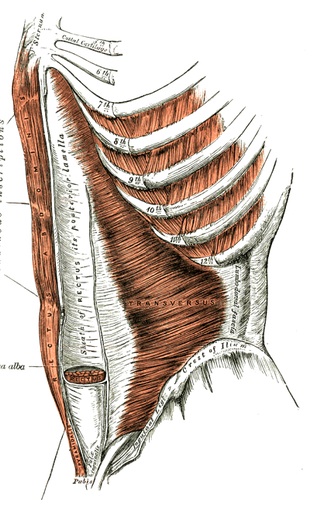
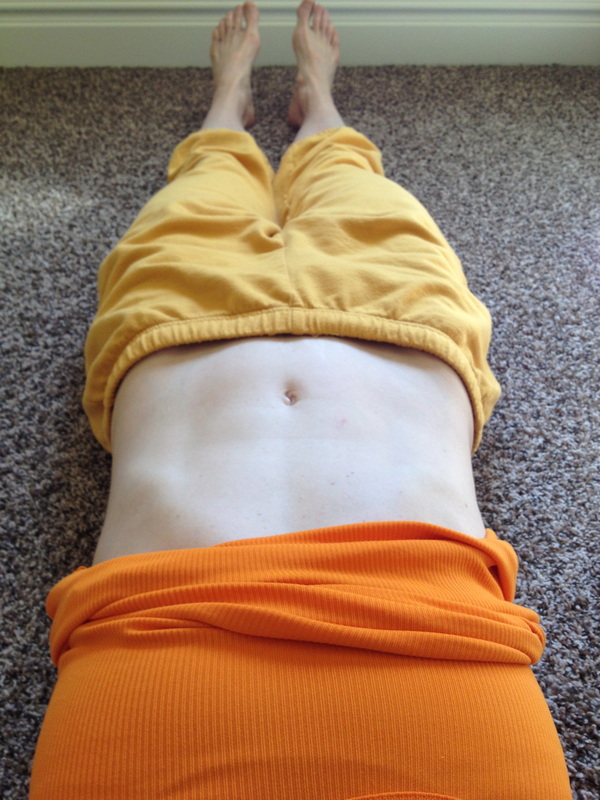
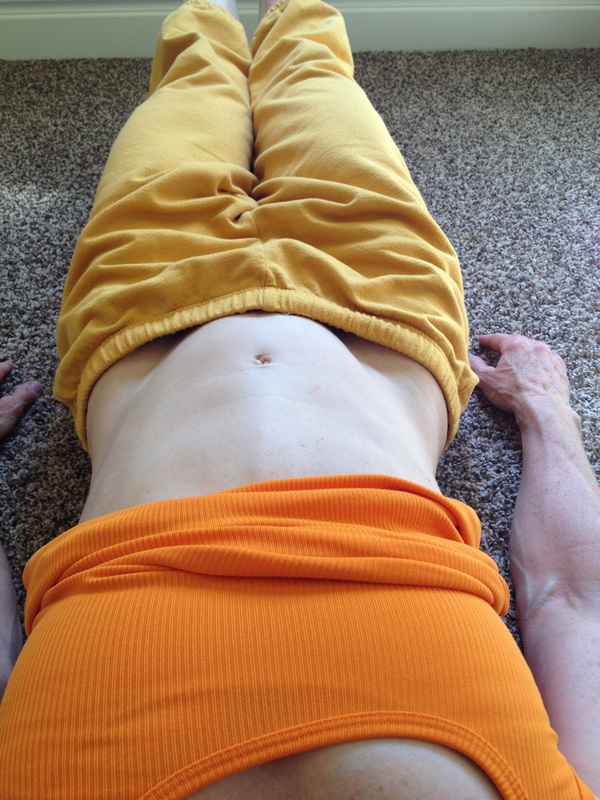
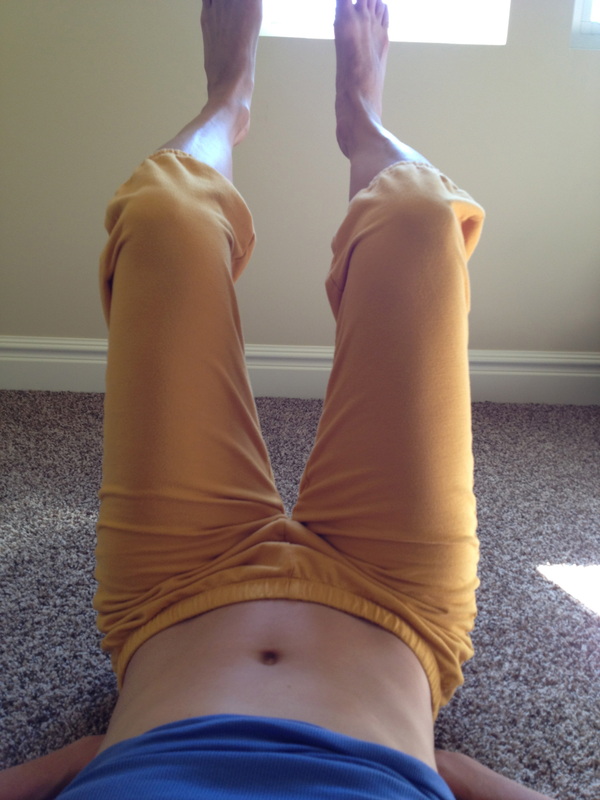






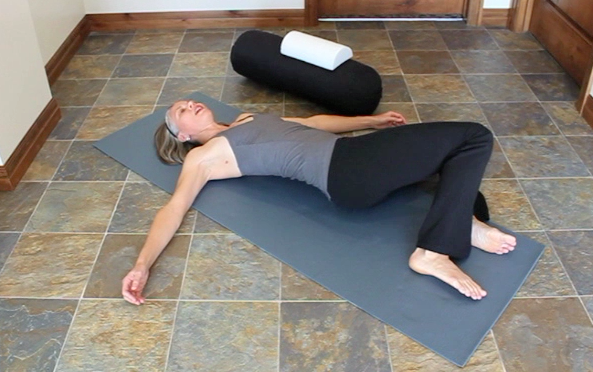



 RSS Feed
RSS Feed